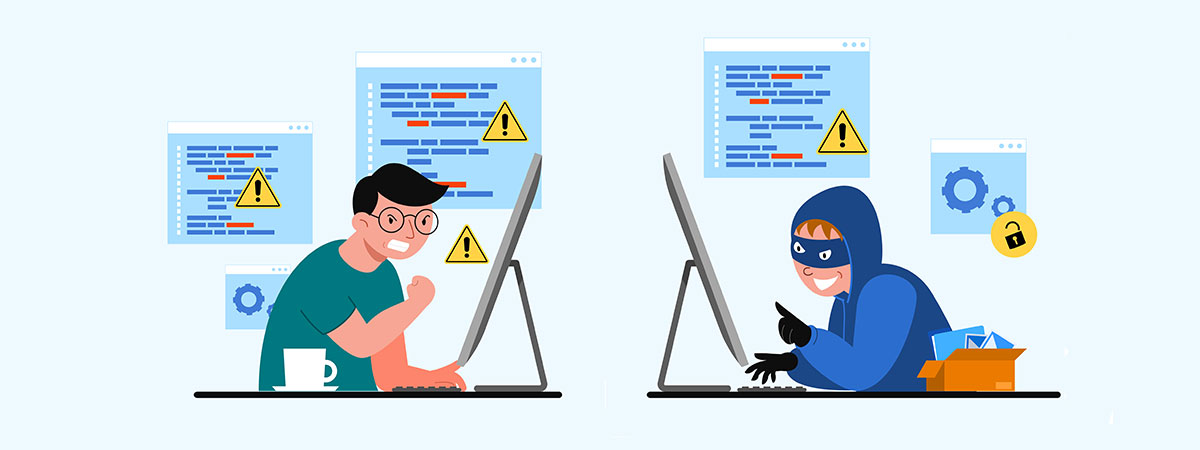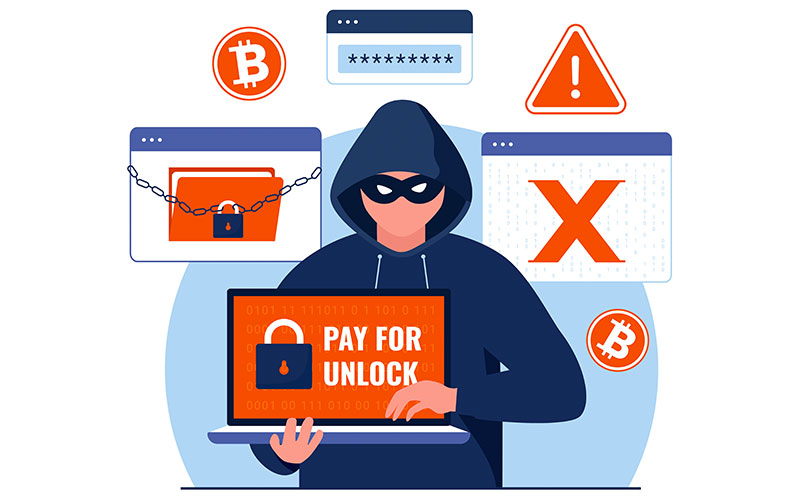Top Cyber Threats in 2025 and How to Stay Protected
July 26, 2025

July 26, 2025

In our fast-moving digital world, cybercrime is no longer something that only happens to big companies or tech geeks. From WhatsApp scams and fake links to hacked bank accounts and identity theft – the threats are real, and they’re growing.
As we step deeper into 2025, cybercriminals are getting smarter, faster, and sneakier. But here’s the good news: with the right knowledge and a few simple habits, you can stay safe.
Let’s break down the top cyber threats in 2025 – and most importantly, how to protect yourself from each of them.
What is it?
Phishing is when hackers trick you into clicking fake links or giving away personal info. In 2025, AI is being used to make these scams more convincing than ever – realistic emails, cloned websites, even fake customer service chats.

Image Source: Instagram
Example:
You might get an email from “Amazon” saying your order failed – but the link takes you to a fake site that steals your card info.
How to stay safe:
What is it?
Scammers are now using AI to create fake videos or audio recordings that sound or look like real people, including your boss, family, or celebrities.
Example:
You receive a voice note from your “friend” asking for urgent money help – but it’s a scam using their cloned voice.
How to stay safe:
What is it?
Ransomware is malware (bad software) that locks your files or computer and demands money to unlock it.

Example:
You open a file or visit a dodgy site, and suddenly your screen freezes with a message: “Your files are encrypted. Pay ₹50,000 to get access.”
How to stay safe:
What is it?
Fake apps disguised as games, photo editors, or even banking apps are stealing data or spying on users.
Example:
You download a “loan calculator” app, but it steals your contacts, SMS, and personal photos.
How to stay safe:
What is it?
Fraudsters create fake customer care numbers, QR codes, or UPI links to steal money. These are among the most common scams in India right now.
Example:
You search for a customer care number online – call it – and the scammer asks for your UPI PIN “to verify.” Just like that, your money is gone.
How to stay safe:
What is it?
When you use free Wi-Fi in cafés, airports, or malls, hackers can spy on your activity, steal login credentials, or install spyware on your device.
Example:
You log into your net banking while sipping coffee at a café – but the Wi-Fi isn’t secure, and someone is watching in the background.
How to stay safe:
What is it?
Apps, websites, and even smart home devices constantly collect data – what you search, buy, say, or even listen to. This data can be sold, hacked, or misused.
Example:
You talk about buying shoes, and suddenly Instagram is full of shoe ads. Sound familiar?
How to stay safe:
🔐 Quick Cyber Safety Checklist for 2025
✅ Use strong, unique passwords for every account.
✅ Turn on two-factor authentication (2FA) wherever possible.
✅ Keep your software, apps, and devices updated regularly.
✅ Be cautious of “too good to be true” offers online.
✅ Always pause and verify before reacting to urgent messages.
🧠 Final Thoughts
Cyber threats in 2025 aren’t just a tech issue – they’re a daily life issue. Whether you’re shopping online, paying bills, or sharing photos, your digital activity can be targeted.
But here’s the truth: you don’t need to be a tech expert to stay safe. You just need to be alert, informed, and a little cautious with every click.
Your data, money, identity, and peace of mind are all worth protecting – and now, you know how.